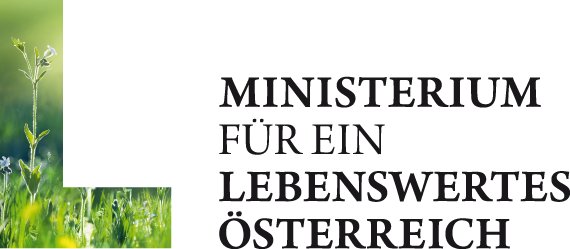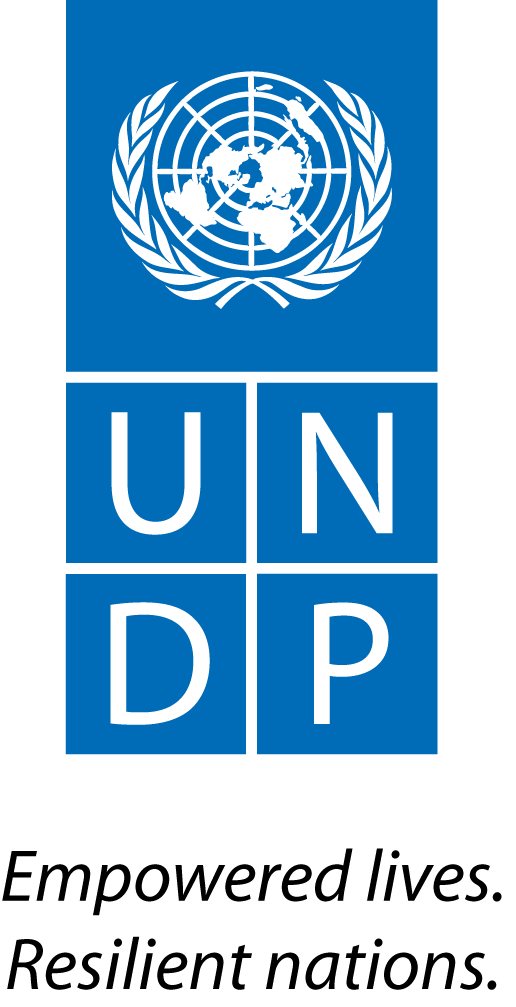http://www.themoscowtimes.com/business/article/carbon-credit-deals-seeing-controversy/441813.html
Sberbank has handed out $175 million worth of carbon credits to a company linked with a firm that owes it more than $800 million, prompting investors and observers to raise questions over a potential conflict of interest at the bank.
The state-owned bank, which helps administer the country's Joint Implementation, or JI, offset scheme and sets minimum prices for the sale of carbon credits, last month more than trebled the number of Russian credits in circulation by issuing 12 million to six CO2 offset projects.
Chemical firm Halopolymer was the main beneficiary, receiving 8.2 million credits and taking the total it has been issued so far to 12.5 million - almost 75 percent of the 17.1 million credits handed out in Russia.
Halopolymer is linked with Russian chemical firm Uralchem, which in 2009 restructured payments on an $867.5 million loan it took out from the bank, prompting concerns that Sberbank could have an incentive to issue credits to companies that owe it money to ensure its loans are repaid.
"JI is a hostage of oligarch-based capitalism, and that doesn't necessarily mean individuals, but companies," said Alexei Kokorin, an analyst of Russian climate policy with WWF Russia.
"The fact Russia is finally issuing credits in such big volumes is good news, but you do wonder on what basis projects are selected. It is not the most transparent process," one Russian JI investor said on condition of anonymity.
In response to questions from Point Carbon News, Sberbank denied that it had a conflict of interest and said the Russian government is responsible for selecting projects and approving the issuance of credits, known as emission reduction units, or ERUs.
"Sberbank is administering ERU transfers between JI official partners - Russian and foreign - and not administering JI in Russia," said Vsevolod Gavrilov, head of the carbon unit at Sberbank.
"It means that [the] operator of carbon units has no conflict of interest with Sberbank's regular activity," he added.
Official sources from Halopolymer and the Economic Development Ministry failed to respond by press time to questions regarding a possible conflict of interest.
While there is no suggestion of impropriety, Halopolymer's success at getting credits for cutting emissions in Russia is in stark contrast to the experience of other investors.
Since February 2010, Sberbank has held two tenders that drew applications from about 100 projects seeking 150 million credits over five years.
But despite 33 schemes being approved, just six have received offsets, with Halopolymer already taking a 20 percent share of some 60 million credits earmarked for issuance.
Investors have also questioned the fact that Halopolymer has been given far more credits than it had originally sought.
In documents that are publicly available, the chemical company said destroying the waste gas HFC-23 at its two plants would earn it 7.5 million credits from 2008 through 2012, equivalent to 1.5 million per year.
But adjustments to the company's verification report have increased the number of credits Halopolymer has received to 4.2 million per year, possibly rising to 14.5 million annually for emissions cut in 2011 and 2012.
If it sold all the credits at Sberbank's recommended minimum price of 10 euros per unit ($14), the company could receive credits worth almost $600 million.
A Halopolymer source who requested anonymity said the change was a result of removing conditions that capped the amount of gas that could be destroyed.
"We took away part of the conditions that were inappropriate in the project design documents," he said, without elaborating further.
Such a massive volume of credits is not unusual for a plant that destroys HFC-23, which is 12,000 times more potent than carbon dioxide and has accounted for more than 300 million credits issued to emission reduction projects in poor countries.
However, the project type is controversial and last year the UN found that rules allowed developers of HFC-23 projects under JI's sister scheme, the clean development mechanism, or CDM, to game the system and recommended reforms.
But while Sberbank played down the role it plays in Russia's carbon market, investors say it is well known that the bank requests a fee for its services and its direct participation in JI has seen investment flow out of the country.
Earlier this year, the Danish Energy Agency, which finances emission reduction projects in return for credits to help Denmark meet its Kyoto target, said it was pulling out of all projects in Russia, citing Sberbank's role in contract negotiations.
In a recent court case, Halopolymer itself has noted Sberbank's influence on JI, citing the bank's recommended sales price of 10 euros per unit as a reason to break a contract to sell the credits to Natsource for 9 euros.
The company has since sold the credits to Swiss-based trader Vitol.
Investors are now calling for Sberbank to be given a smaller role when the government announces new rules for issuing credits later this year.
However, the bank is likely to play a greater part according to WWF's Kokorin.
"Under new JI rules it looks like Sberbank will be listed as a third party in all JI contracts," he said.
Under UN rules, industrialized countries that want to sell domestic carbon credits from emission reduction projects can choose to issue credits themselves (JI Track 1) or get the UN to verify the emission cuts on their behalf (JI Track 2).
However, some green groups are skeptical about reductions that originate from Track 1, but have stopped short of calling on the EU to ban them.
"We are wary of JI Track 1 because of a lack of transparency related to it. It doesn't have the same transparent documentation as Track 2 or CDM projects," said Rob Elsworth a policy officer with carbon trade watchdog Sandbag.
"At least in the case of the CDM it has to go through a standardized process that has a paper trail," he added.






